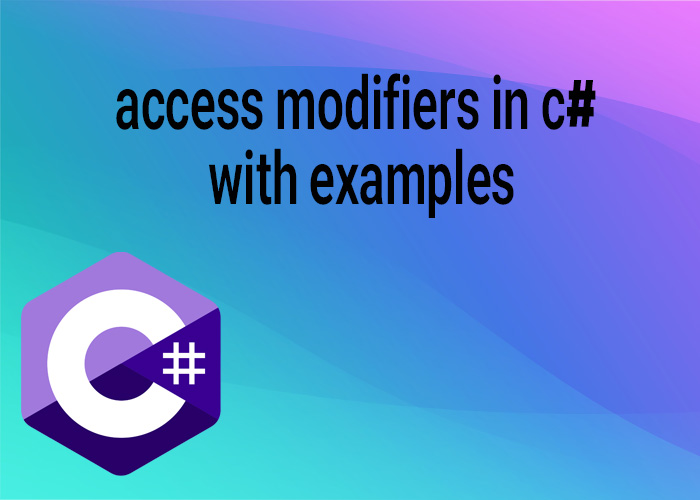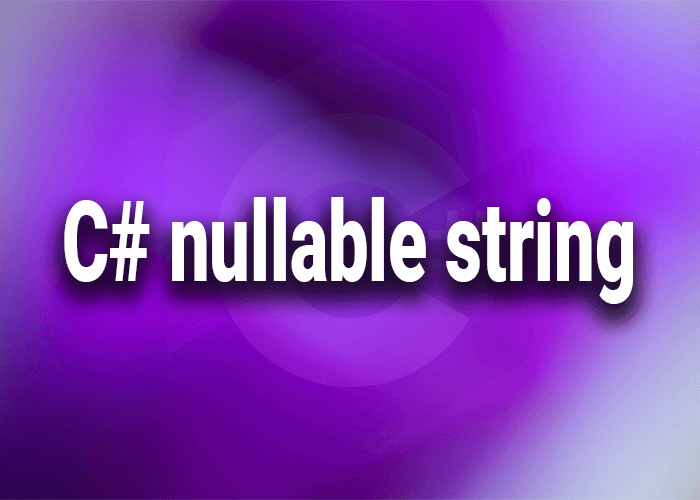Exploring Nullable Reference Types in C#
Introduced in C# 8.0, nullable reference types are a significant enhancement to the C# type system. This feature was added to provide more fine-grained control over handling null values with reference types, allowing developers to write more robust and reliable code. This article delves into the concept of nullable reference types, their usage, benefits, and how to implement them in your C# projects.
What Are Nullable Reference Types?
Prior to C# 8.0, reference types in C# could naturally hold null values, and there was no enforceable way to tell the compiler whether a reference should or should not support null. This often led to null reference exceptions, one of the most common bugs in C# applications. Nullable reference types allow developers to explicitly declare whether a reference type is expected to handle null values, thus integrating null checks directly into the type system.
Syntax and Usage
With nullable reference types enabled, any reference type declared without a ? suffix is considered non-nullable, and the compiler will enforce rules that ensure it is not inadvertently assigned or left as null.
Declaration Example
public class Book
{
public string Title { get; set; } // Non-nullable by default
public string? Author { get; set; } // Nullable
}
In this example:
- Title must always have a non-null value.
- Author can be either a string or null.
Enabling Nullable Reference Types
To take advantage of this feature, you must enable it in your project or code file. It is not enabled by default in existing projects to maintain backward compatibility.
Project-level Enabling
Add the following line to your .csproj file:
<PropertyGroup>
<Nullable>enable</Nullable>
</PropertyGroup>
File-level Enabling
You can also enable or disable this feature within individual files using directives:
#nullable enable
or
#nullable disable
Benefits of Nullable Reference Types
- Improved Code Safety: By making the nullability of references explicit, developers can catch null reference errors at compile time rather than at runtime.
- Clearer Code Intentions: The code more clearly expresses whether null is an acceptable value for any reference type, improving readability and understanding.
- Better API Design: API consumers can see which parameters, properties, and return types are expected to be nullable, leading to more intentional and less error-prone use of the APIs.
- Enhanced Developer Productivity: While there is an initial overhead in annotating existing codebases, the reduction in null-related bugs can significantly boost long-term productivity and reduce maintenance costs.
Practical Tips for Implementing
- Gradual Adoption: Start by enabling nullable reference types in less complex areas or new projects to gain familiarity.
- Use Annotations: Utilize attributes like [NotNull] and [MaybeNull] when overriding the nullability context provided by the compiler.
- Refactoring Legacy Code: When refactoring legacy code, pay special attention to public APIs and commonly used internal logic to mitigate the impact of introducing null checks.
Conclusion
Nullable reference types are a powerful addition to C#, significantly enhancing the type system's ability to prevent one of the most common bugs in programming: null reference exceptions. By leveraging this feature, developers can write more reliable and maintainable code, explicitly outline nullability contracts, and improve the overall safety and clarity of their codebases. As you integrate nullable reference types into your projects, you'll likely find that the effort to annotate your code pays off in terms of fewer bugs and clearer code structure.





